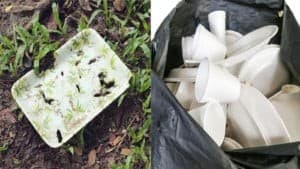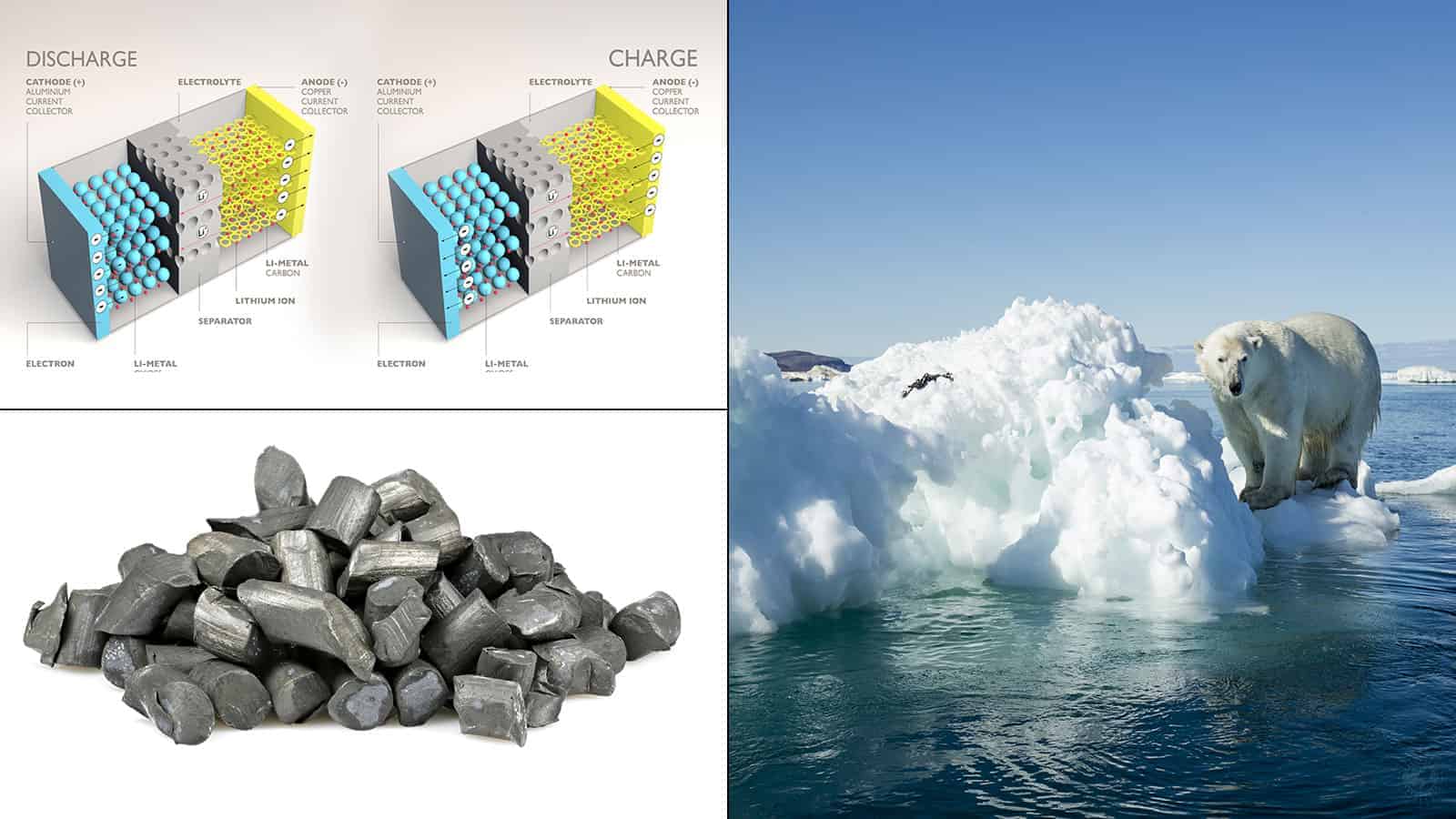Much of our everyday life is powered through lithium-ion batteries, including cell phones, laptops, power tools, and vacuum cleaners. To us, they make things more portable, are lighter, slimmer, rechargeable, and last decently longer than their counterpart batteries made of nickel-cadmium. In short, they make things more convenient. Many governments around the globe see lithium as the new “Gold Rush.” Furthermore, they view it as a crucial resource for fighting climate change.
The growing demand for lithium-ion batteries has spotlighted the intricate and often challenging supply chains that support their production. From mining raw lithium to refining it for battery-grade materials, every step requires meticulous planning and advanced technology. The extraction process begins with mining lithium-rich minerals like spodumene or brine, often concentrated in regions like Australia, Chile, and Argentina.
Companies like Austroid are leading the charge by not only focusing on sustainable extraction but also streamlining the refining and production of lithium iron phosphate (LFP) batteries. This specific battery type is gaining traction for its safety, longevity, and suitability in electric vehicles and renewable energy storage systems. By prioritizing clean energy solutions within their operations, Austroid and similar companies aim to reduce environmental impact while supporting the growing global demand for greener technologies.
President Trump stated that it, along with a few other resources, is vital to our national and economic security. To science, lithium is the answer to climate change. Scientists explain how lithium humankind can use this material to fight climate change.
What is lithium?
Some of us know lithium as the medication to treat bipolar disorder. Lithium carbonite is one of the oldest medicines that doctors prescribe for bipolar disorder. A different component of lithium is what we use to power many of our standard devices.
Lithium-ion has competed with nickel-cadmium batteries since the 1990s. Lithium-ion is proving to be more beneficial for the future of climate change. Its energy density is twice that of nickel-cadmium, and it discharges its energy at half the amount. Yet, its life length can be inconsistent. Some last a year where others last up to 5 years. That is an issue that manufacturers have been working on and are making good strides. Storage temperatures have proven to play a factor. Lithium is best stored in colder environments and should always maintain a 40% charge even when not in use for sustainability.
It also is very sensitive to heat. As a result, all lithium-ion batteries have a protection circuit to limit its voltage output to prevent overheating or exploding. For this reason, lithium has travel or transporting limitations. Above a particular strength, it requires specific safety regulations to transport.
There is another form of lithium used, but it fails, so far, to produce enough energy to be overall beneficial. This is a lithium polymer. It is wafer-thin, and rather than creating a charge, it allows for ions to transfer. This version is used primarily in the strips of our credit and debit cards, identification cards, security cards, and such.
Where is lithium found, and how do we extract it?
Lithium is found in a small percentage of the earth’s crust. While it makes up a small percentage, it is relatively abundant but can be costly or difficult to mine. Oddly enough, lithium prefers to be in the water, so it tends to travel within the earth’s crust, following the groundwater.
Certain areas around the globe contain more lithium than others. For instance, there is a desert basin that is located in Chile, Argentina, and Bolivia. And, volcanic rock in Australia, the United States, and Canada and have clays comprised of lithium.
Lithium occurs naturally when volcanic rock mixes with a lot of water and high heat. The movement of tectonic plates under the earth’s surface stirs the mixture together. There are three varieties of lithium which serve as the source; clays, brine, and pegmatites, or volcanic rock.
Pegmatites
Pegmatites are the result of multiple, incompatible minerals converging as magma from volcanoes slowly cools. Since the minerals are incompatible, they resist forming together to create one crystal for as long as possible. Eventually, certain minerals do join together, forming crystals and separate from the magma. Lithium prefers to be in a liquid. Therefore, it remains in the magma until it concentrates and is locked into the cooling and hardening magma.
Before the 1990s, this was the primary source of lithium despite it being a costly process.
Brine
If you cook, you know of brine as a saltwater concentration. Researchers discovered in the 1990s that lithium creates a brine as well. Due to its preference for being in a liquid, there are naturally made brine deposits of lithium in groundwater. The largest current source is the Lithium triangle of Argentine, Chile, and Bolivia.
It is located within the salt flats that exist there in the Andes mountains. Obtaining it is relatively easy in that they pump out the water into a large area and allow the water to evaporate. After the water has evaporated, miners add certain minerals to separate the salt from the lithium. Currently, this is the most significant source of lithium.
Clay
Clay is essentially hardened mud. In the quest for lithium, we are searching for locations in which a volcano had existed, deposited pegmatites, and groundwater is currently washing over these rocks. That groundwater, now enriched with lithium, flows to a larger water source, like a lake where it then deposits the lithium.
Understanding this process makes The United States a prime area for such deposits. Our continent is rich with old volcanoes and lake beds.
The downside to this process is that it requires open mining and additional extraction of the lithium to separate it from other minerals. Multiple companies are working on finding a cost-effective manner in which do this.
Our future in lithium
The competition to become a source for the production of lithium is akin to oil production. As countries are moving from global interdependence to a more self-dependent economy, being a country that can provide lithium for its uses plus sell it to other countries holds a substantial financial key to their future success.
According to Science News, almost half of the demand for lithium will be for electric-powered vehicles by 2025. Demand globally should increase by 300% over the next decade or two. This anticipated demand arises from the increase in electric cars. Currently, there are 2 million electric vehicles. Statisticians predict 24 million such vehicles on the roads by 2030. This demand includes electric buses, trucks, and planes. This does not include the continued need for our tech, electronic goods, and energy grids. Many states and countries are looking to provide an alternative for consistent electricity in place of inconsistent solar or wind.
One new method of providing clean energy is utilizing already operating geothermal plants to extract minerals, primarily lithium. The idea is based on the fact that geothermal plants already are operating below the earth’s surface, where the internal water temperature is already scorching and has created a brine. This hot water is piped out, producing steam as it cools. It is this steam that turns the turbines that generate electricity. The now cooled water is then re-piped back to the reservoir to continue the process.
 Final Thoughts: Mining Lithium for Fighting Climate Change
Final Thoughts: Mining Lithium for Fighting Climate Change
It has been the intention to take advantage of this process to extract minerals rather than establishing a separate mining operation. Up until recently, this has not been able to be put in place successfully. One company, EnergySource, believes it has found a method and is working on creating it in the Salton Sea located in Imperial Valley in California.
In addition to creating a new method of lithium extraction, researchers hope to reactivate geothermal plants that have decreased in use due to their expense. Geothermal energy production is a clean energy source that has proven to be more consistent than solar and wind. With the addition of lithium extraction, its benefits toward a greener climate and clean energy could make a significant impact.
Lithium has permeated our daily lives in its multitudes of uses. It provides us medication to grease to shatter-proof glass and batteries. It has a wide range of benefits for the future of green and clean energy. If there is anything we have learned from our past exploits in mining out a mineral, there are repercussions as well. Scientists explain how lithium can be used to fight the speed of climate change by reducing fossil fuel use and by conjoining with geothermal energy plants.
We could limit the harmful impact mining can have on the environment by taking advantage of reinitializing geothermal plants. This also creates clean energy that is already drilled into the earth’s crust, which means we’ll gain two great clean resources while limiting the rate of climate change.















